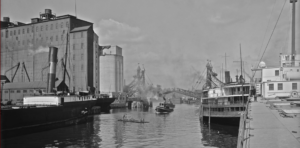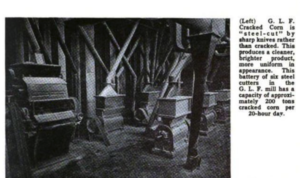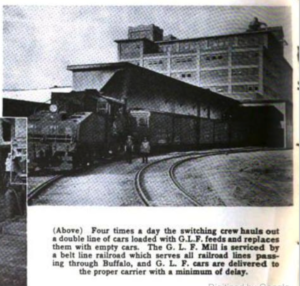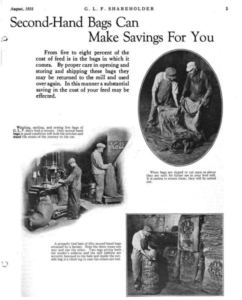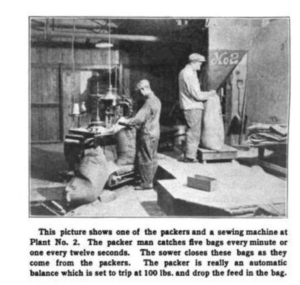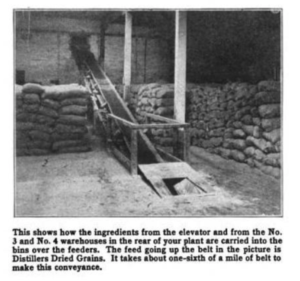The GLF Silos. Many of my readers near and far may not have heard about the GLF silos. What are they and what do they represent? Why are we even doing tours there?
The Grange League Federation bought the elevators in 1929 and renovated and added to the structures over the next handful of years. At top production, a grain mill built on the site in 1930 was filling 100 rail cars with hog and cattle feed every day.
“This complex is a mix and match of irregular shapes and vernacular architecture which includes a combination of metal and concrete. The GLF was built for the Grange League Federation (GLF) and served as both an elevator and a feed mill. The function of the elevator being that it took in corn and other elements of the feed mix which in turn were milled into animal feed at the adjacent mill.
The GLF complex got its start in 1908 when the original elevator on the property, the Wheeler elevator, began operation as a typical transfer elevator. When Grange League Federation took over the property to erect their feed mill in late 1920’s, they built a small storage facility on the northwest end of the original Wheeler elevator. In 1941 GLF built a large railroad-based elevator to handle the huge increase of grain traffic that had developed in the late 30’s. This elevator has two very characteristic work houses that protrude at either end of the structure and was designed by A. E. Baxter. The Agway/GLF complex shut down in the mid-1970s.”-
